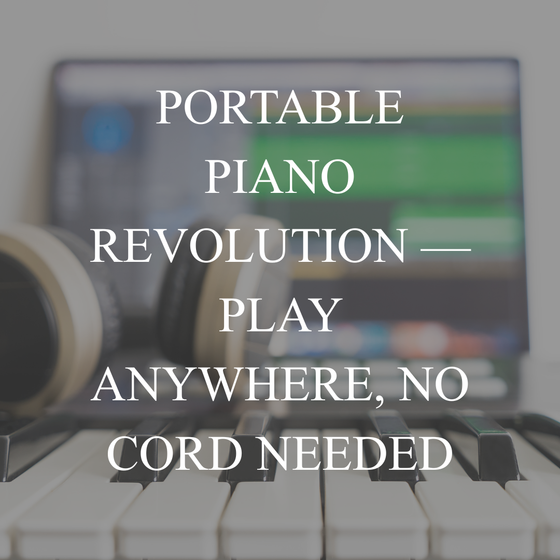
The piano was invented in 1700 by Bartolomeo Cristofori of Padua. However, it failed to catch the public’s attention due to its expense and the fact that the harpsichord was the preferred instrument of the time. It wasn’t until later in the century when the piano became more common that it allowed families to listen to a newly published musical piece by having a family member play a simplified version.
The harpsichord and the piano are both keyboard instruments, but they differ in the way they produce sound. The harpsichord produces sound by plucking strings with a quill or plectrum, while the piano produces sound by striking strings with hammers. The harpsichord has a more limited dynamic range than the piano and is not capable of producing the same range of expression as the piano.
The piano has a row of 88 black and white keys: 52 white keys for the notes of the C major scale (C, D, E, F, G, A and B) and 36 shorter black keys raised above the white keys and set further back, for sharps and flats.
The parts of an acoustic piano include the case (or body), fallboard (or key lid), lid (or top), keyboard, strings, tuning pins, pinblock, soundboard, bridges, hammers, dampers, pedals (soft pedal, sostenuto pedal and sustain pedal), and caster.
The piano has many parts that work together to produce sound. When a key is pressed on the piano, the opposite end of the lever (hidden inside the case) jumps up in the air, forcing a small felt-covered hammer to press against the piano strings, making a musical note. At the same time, at the extreme end of the lever behind the hammer, another mechanical part called a damper is also forced up into the air. When you release the key, the hammer and the damper fall back down again. The damper sits on top of the string, stops it vibrating, and brings the note rapidly to an end.
The piano is widely employed in classical, jazz, traditional and popular music for solo and ensemble performances, accompaniment, and for composing, songwriting and rehearsals.
There are many talented pianists in the United States today. Some of the most famous pianists include Cory Henry, Jacob Collier, Robert Glasper, Diana Krall, Brad Mehldau, George Duke, Jon Batiste, and Martha Argerich.
The first American piano was built by German immigrant John Behrent of Philadelphia in 1775.

One of the most exciting shifts in the piano world right now is the rise of battery-powered, portable pianos. Instruments like Roland’s GO:PIANO88 show that full-sized keybeds, high-quality sound engines, and wireless operation can coexist. Roland

Across the U.S., piano sales have taken a nosedive. A recent CBS News article reported that in 2024, only 17,294 pianos were sold — compared to hundreds of thousands in past decades. CBS News The reason isn’t lack of interest in music; it’s economics, cultural change, and preference shifts. Young people are renting, using digital subscriptions, or choosing digital pianos as introductory tools.

In 2025, one of the most fascinating developments in piano technology is happening at the intersection of artificial intelligence, robotics, and musical expression. A research team recently introduced PANDORA, a diffusion-based policy learning framework that enables robotic hands to play piano pieces with precision and expressive nuance. The system uses language models to measure stylistic quality and musicality, blending human emotion with algorithmic accuracy. arXiv